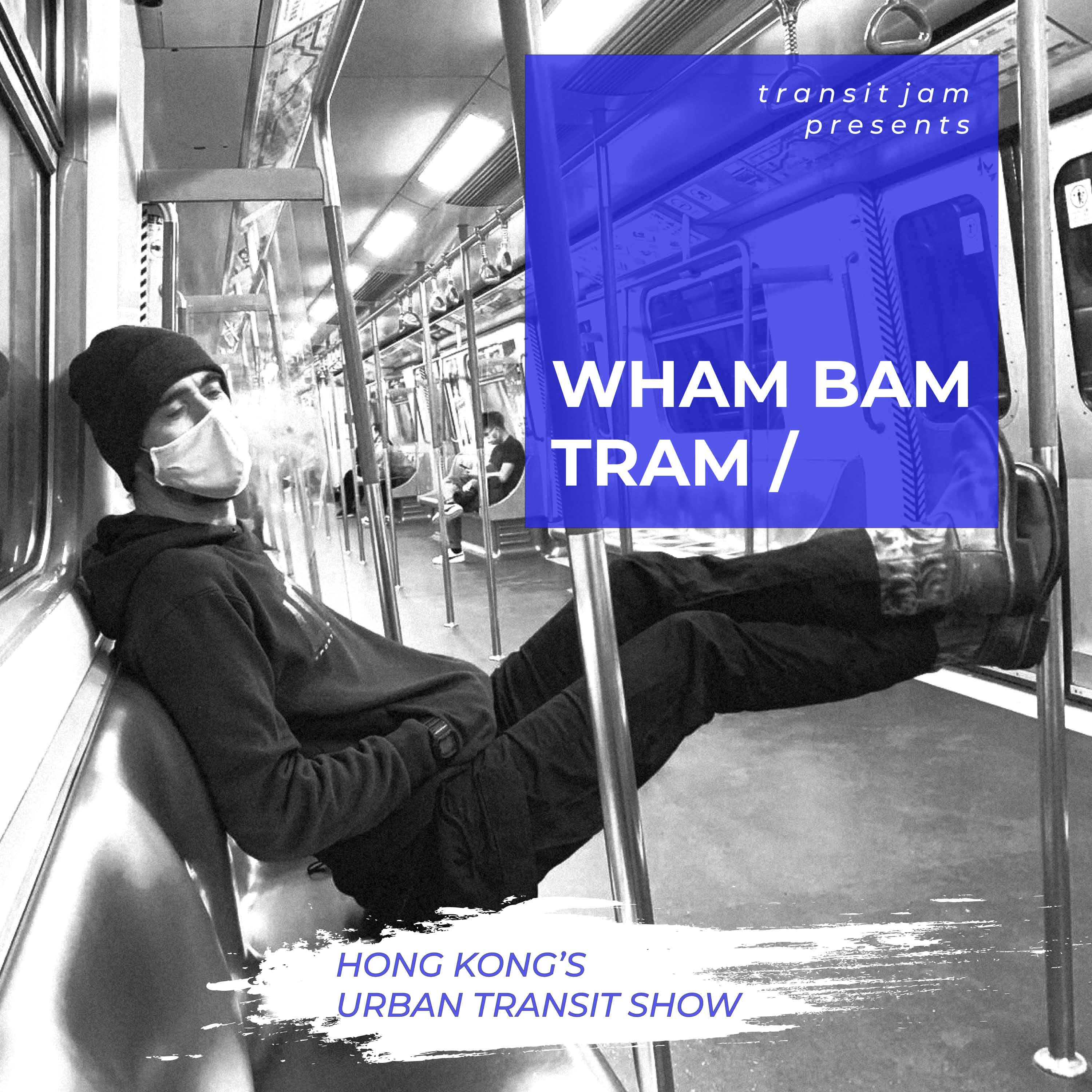An electric vehicle subsidy scheme is struggling to give money away, limping over the milestone of half its treasure chest disbursed in December last year, after eight years of operation, and now slowing to a crawl.
Under the 28th round of the Pilot Green Transport Fund, announced last week, businesses including Net-A-Porter and Fat Kee Noodles bought just seven electric vans, with only six applicants and a total handout of HK$1.5 million, well below the average of HK$5.5 million per round since the scheme began.
Electric vans have been the most popular vehicle under the scheme, accounting for 70% of vehicles currently on trial. But other vehicles have failed to capture businesses’ imagination, with hybrids performing poorly and, in some cases, drivers refusing to take to the wheel.
The Pilot Green Transport Fund was launched in 2011, offering to foot up to half the bill for businesses that switch to EVs or hybrid vehicles, until its HK$300 million fund was spent. At the rate seen in the last nine years, it would take until around 2030 to fully exhaust the fund.
The scheme came under fire in April, as Transit Jam revealed shoddy record keeping and a failure to produce trial reports, a key condition of the free money. At the time, lawmaker Ted Hui Chi-fung said the government’s excuses for failing to complete the reports were “nonsense“, with government blaming staffing issues for a five-year delay in producing reports.
“These trial reports are not only important for the companies who use the EVs or those who apply for testing them, they’re in the public interest. It’s an important issue,” said Hui.
The latest round of approvals brings the total number of trials being pursued under the Fund to 186 for testing 131 electric vans, 21 single-deck electric buses, three electric minibuses, three electric taxis, one electric truck, 48 hybrid vans, 27 hybrid medium goods vehicles, 20 hybrid minibuses, two single-deck hybrid buses, one solar air-conditioning system for a bus, four electric inverter air-conditioning systems for buses, three diesel-electric propulsion systems for ferries and one seawater scrubber for a ferry, according to the government.
Companies interested in the subsidy scheme should visit the Environmental Protection Department’s website or call the enquiry hotline on 2824 0022.
Categories: Policy









But why is the scheme not being taken up? Is it because the vehicles are not economically competitive even with the the subsidy (How much is this?)? Or is writing these reports too much of a hassle (What should be in the reports?)? Or for other reasons?
Some have told me it’s because there were no commercially-viable products in HK- this was certainly the case in 2011 when the scheme started, but I believe some of the newer vans are not a bad choice. The reporting is quite onerous, they need to compare to an existing diesel/petrol machine, record mileage and amounts of every charge/fuel and all maintenance. But a government contractor does most of the work once that data is collected. It may be simply that the energy to promote it has dwindled- there’s a spike in uptake whenever there’s new additions to the Steering Committee, once they promoted it to all their friends/network, the uptake flattens again. That’s just speculation, but certainly a 9-year-old subsidy could use a marketing rethink.